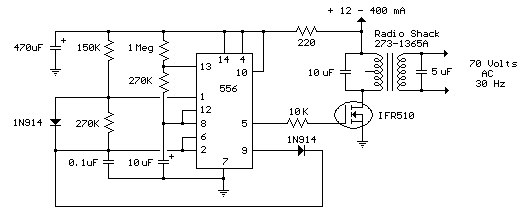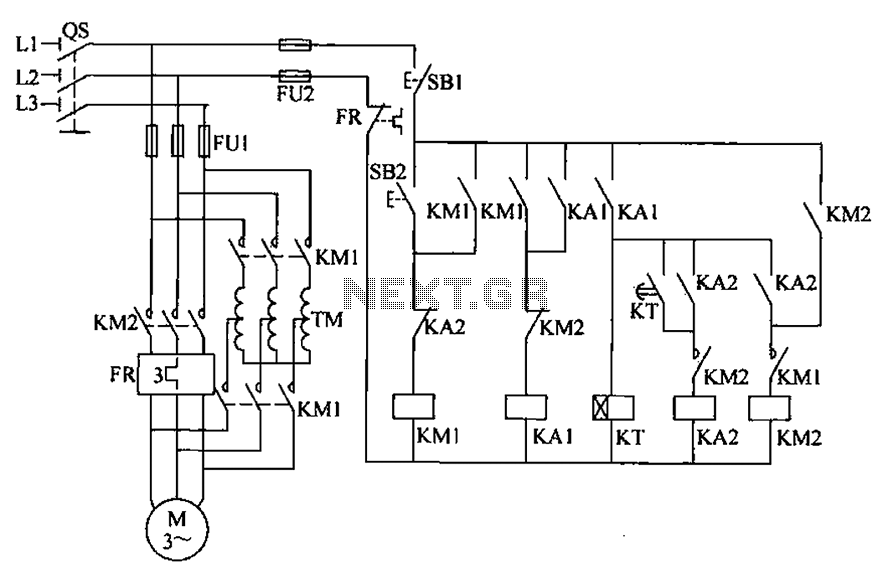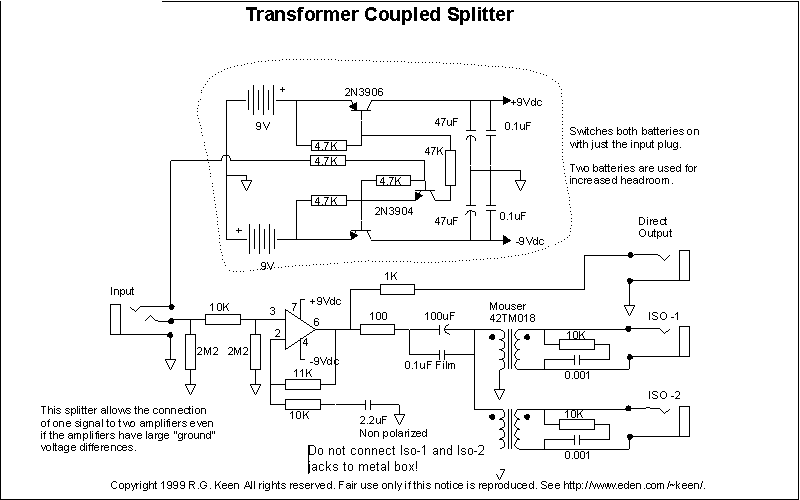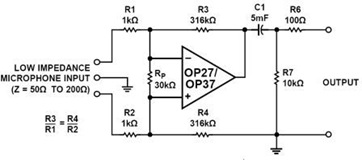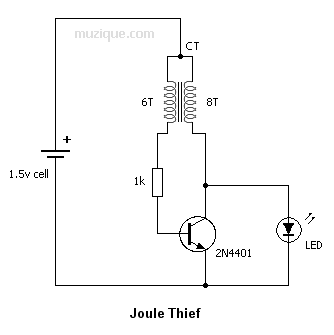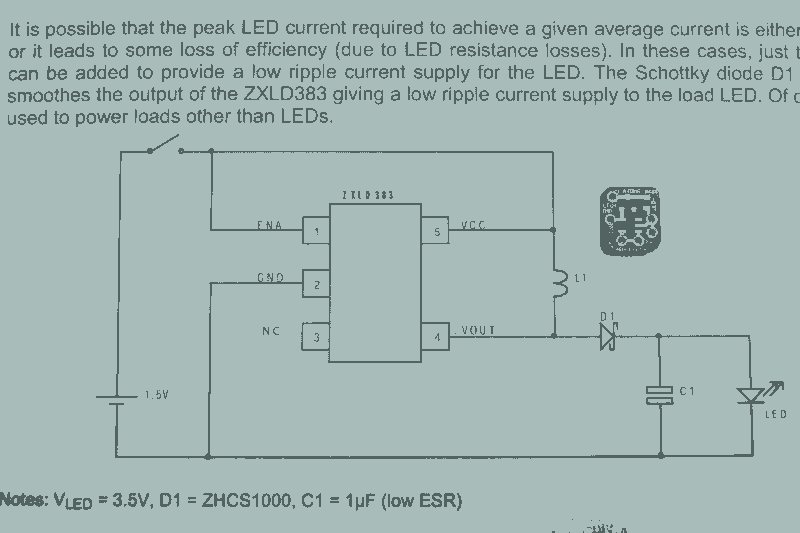
Joule Thief no IC and no Transformer

This circuit does not utilize a transformer or complex integrated circuits (ICs). Instead, it requires two transistors and additional components. The circuit was discovered inadvertently while exploring Colin Mitchell's Talking Electronics website, which offers a wealth of examples and explanations for a wide range of circuits. The site is so extensive that locating the specific circuit mentioned can be challenging. Nonetheless, the TE circuit is believed to be robust, functioning effectively even when different components are used.
The described circuit is a simple yet effective design that leverages the properties of two transistors to perform its intended function. Typically, such circuits can be employed in various applications, including signal amplification, switching, or simple logic functions. The absence of a transformer suggests that the circuit operates at low voltage levels, making it suitable for battery-powered devices or low-power applications.
In a standard configuration, the two transistors may be arranged in a complementary push-pull configuration, allowing for efficient signal amplification while minimizing power loss. The circuit may also include resistors to bias the transistors appropriately, ensuring they operate within their linear regions. Capacitors could be included for coupling and decoupling purposes, enhancing signal integrity and stability.
The robustness of the circuit is an essential feature, as it indicates that variations in the component values—such as using different resistor or capacitor ratings—do not significantly affect performance. This flexibility is advantageous in prototyping and educational settings, where component availability may vary.
Overall, the circuit exemplifies the principles of basic electronics, illustrating how simple components can be combined to create functional and reliable electronic systems. The design encourages experimentation and learning, making it an ideal project for both beginners and experienced engineers seeking to understand fundamental electronic concepts.Yep, no transformer and no hard to get IC. But two transistors and other parts are required. I actually found this circuit by accident while roaming Colin Mitchells Talking Electronics website (talkingelectronics.com). This website is very rich with examples and explanations of a huge variety of circuits. In fact, this website is so abundant in circuits that later on, I couldnt find the circuit revealed here. Anyhow, I believe that the TE circuit can be considered robust as it works even if different parts are used.
🔗 External reference
The described circuit is a simple yet effective design that leverages the properties of two transistors to perform its intended function. Typically, such circuits can be employed in various applications, including signal amplification, switching, or simple logic functions. The absence of a transformer suggests that the circuit operates at low voltage levels, making it suitable for battery-powered devices or low-power applications.
In a standard configuration, the two transistors may be arranged in a complementary push-pull configuration, allowing for efficient signal amplification while minimizing power loss. The circuit may also include resistors to bias the transistors appropriately, ensuring they operate within their linear regions. Capacitors could be included for coupling and decoupling purposes, enhancing signal integrity and stability.
The robustness of the circuit is an essential feature, as it indicates that variations in the component values—such as using different resistor or capacitor ratings—do not significantly affect performance. This flexibility is advantageous in prototyping and educational settings, where component availability may vary.
Overall, the circuit exemplifies the principles of basic electronics, illustrating how simple components can be combined to create functional and reliable electronic systems. The design encourages experimentation and learning, making it an ideal project for both beginners and experienced engineers seeking to understand fundamental electronic concepts.Yep, no transformer and no hard to get IC. But two transistors and other parts are required. I actually found this circuit by accident while roaming Colin Mitchells Talking Electronics website (talkingelectronics.com). This website is very rich with examples and explanations of a huge variety of circuits. In fact, this website is so abundant in circuits that later on, I couldnt find the circuit revealed here. Anyhow, I believe that the TE circuit can be considered robust as it works even if different parts are used.
🔗 External reference
